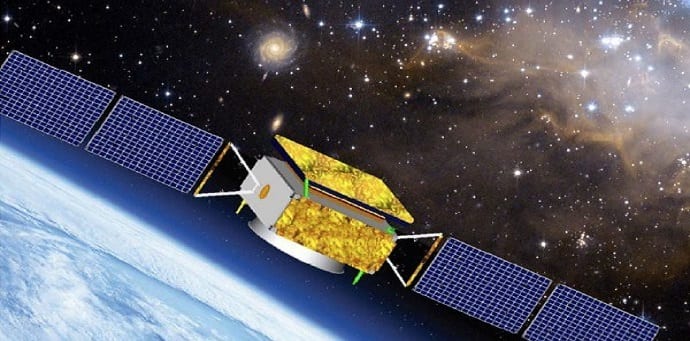China’s new Monkey King satellite set for journey into space to hunt dark matter
To mark the start of a new direction in the country’s space strategy, China launched its first Dark Matter Particle Explorer (DAMPE) satellite nicknamed Wukong (or Monkey King) after a fictional warrior in a sixteenth-century Chinese novel in a fresh search for invisible material that make up the mass in the universe. The satellite blasted off on Thursday morning on a Long March 2-D rocket from the Jiuquan Satellite Launch Centre in Gansu province. The probe’s dark matter detector was designed by engineers at the Shanghai Engineering Center for Microsatellites.
The satellite will be placed in the sun-synchronous orbit, 500 Km. above the Earth. At a press briefing held by SECM earlier this year, Chang Jin, chief scientist on the project told reporters, “DAMPE satellite will observe the direction, energy and electric charge of high-energy particles in space in search of dark matter.”
The scientists hope that the 1.9-tonne desk-sized satellite could help lift the “invisible cloak” on the dark matter and sheds light on the hypothetical mass.
With the new DAMPE satellite, it can also assist scientists in the search for dark matter extinction or decay.
In the first two years, Wukong will scan the universe in all directions and concentrate on sections where dark matter is most likely to be observed afterwards.
The data sent back by Wukong will later be studied and analyzed by more than 100 scientists. Initial findings are expected to be published in the second half of 2016.
Dark matter, which is one of the huge mysteries of modern science, is mainly due to its property that doesn’t emit or reflect enough electromagnetic radiation to observe.
The existence of the dark matter, which has never been concretely proven, is a theory formulated by scientists who failed to understand missing mass and strangely bent light in faraway galaxies
Scientists now believe only around 5% of the total mass-energy of the known universe are made up of ordinary matter, whereas 95% of the mass is dark matter and dark energy.
Any new development in the understanding of the dark matter could give humanity a clearer idea about the past as well as future of galaxies and the universe, which could lead to a scientific milestone in the world of physics and space science.

